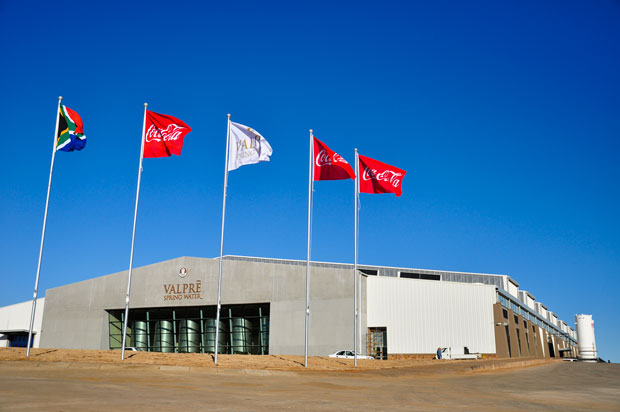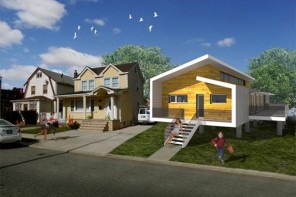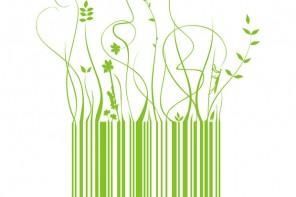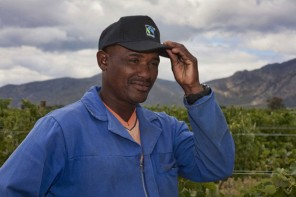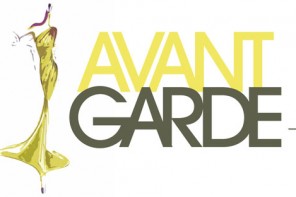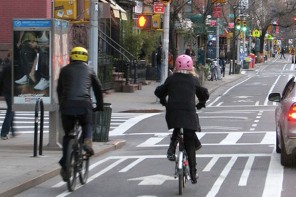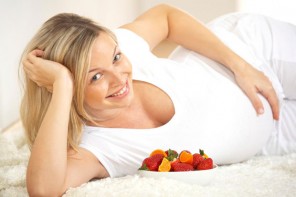July 2011 saw Coca-Cola company Valpré open doors to one of the greenest manufacturing plants to ever hit South African soil. Located near a high quality water source southeast of Johannesburg in a town called Heidelberg, the plant was built in response to our country’s increasing demand for bottle water.
‘This plant supports government’s mandate to create infrastructure, develop skills, increase the number of woman in the workforce and ensure sustainable development with a focus on minimizing the impact on the environment,’ said Minister of Water and Environmental Affairs, Ms. Bomo Molewa at the opening earlier this year. ‘It is a notable example of the kind of development that we encourage all South African industries to adopt.’
While most buildings contribute in bad way to our world and its future, there are many reasons for Valpré to be proud of their South African manufacturing plant as far as positive social and environmental impact goes.
Empowering Women
As part of Coca-Cola’s ‘5by20’ vision – their commitment to economically empower 5 million women entrepreneurs globally by the year 2020 by helping facilitate better access to skills, finance and networks – only black women engineers are employed at the Heidelberg Valpré plant. These women underwent additional training before beginning work at the plant.
Green Design
Designed by green architect Luis Praveres, the plant first underwent an Environmental Impact Assessment and has since had part of the building certified with the prestigious gold LEED (Leadership in Energy and Environmental Design)- considered the benchmark for high performance green buildings, the Valpré plant being one of the very few buildings in Africa to receive this kind of green recognition.
‘When building this plant we tried to focus on environmental elements that are usually overlooked, such as water, proper insulation and natural lighting’ said Luis Praveres. ‘This is the future for the industry –we even have a commissioning and monitoring phase that will help us gather feedback for future designs.’
Smaller carbon footprint
This production plant has been strategically placed to be as close as possible to its main target markets, which decreases transport costs and carbon usage. They also use state of the art technology in the plant to ensure that it uses the minimum amount of energy – for example by recycling compressed air for bottle blowing, making use of natural sunlight, utilising renewable energy technologies and installing ‘soft start’ conveyors.
‘We also made sure that the building was properly insulated so that it would be comfortable all year round with very little need for air conditioning,’ Luis Praveres.
Water saving
Having mapped the underground aquifer, Valpré only use 6% of the natural rainfall per year, allowing the rest to flow back into nature – ensuring a sustainable resource that can be of benefit not only to the present, but future generations too. The roof, made from CFC-free material, is designed in such a way that collects rain water.
Plus, they have implemented manufacturing technologies that use the least amount of water possible while all of the water used at the plant is either recycled and released back into the environment or re-used.
Lighting
According to the architect Luis Praveres, the aim was to allow as much natural lighting as possible to filter into the plant, so that electricity was less necessary: ‘The result exceeded our expectations,’ he explains. ‘The main production floor needs virtually no electric lighting!’
Much of the traditional lighting used is either energy-efficient, solar powered or uses motion sensor light activation to save electricity.
Recycling
Discarded PET bottles are valuable, as they can be recycled back into bottles. In line with their ‘zero to landfill’ philosophy, Valpré made sure they had a solid waste recycling facility on-site, where they sort solid waste for reuse and recycling. Valpré have partnered with PETCO – a local recycling company – and work to fund recycling in SA through resin purchases and financial grants.
Their PlantBottle is made from up to 30 percent plant materials, dramatically cutting down on the amount of petroleum used per year. You can read more about it here.
Education
Valpré work to educate consumers about recycling, encouraging them to do recycle more of the waste generated in their own homes. A number of mall activations – educational tools that take consumers through an environmental journey – are currently in place around the country.
All in all, we at Live Eco are impressed by Valpré’s new plant and their green efforts. Are you in agreement? We would love to hear your thoughts, so please comment below.

